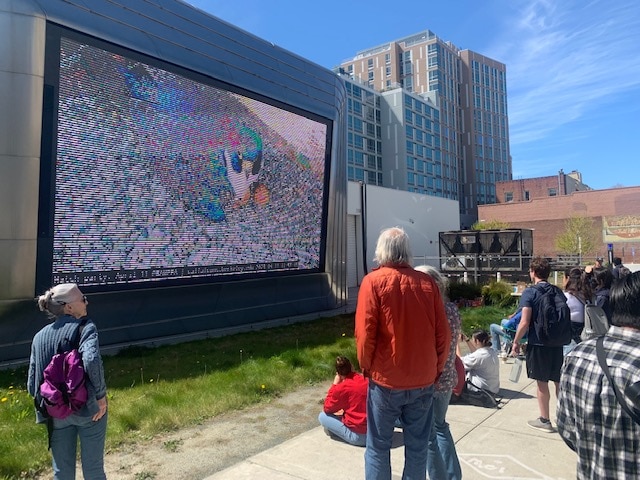The Golden Gate Gulls Go Birding
Once a year, the Golden Gate Bird Alliance staff takes one of their monthly “in-field” meetings and expands it to an all day “Big Day Birdathon” effort. Last year the team saw a total of 106 bird species while raising funds for the organization. This year, the staff is headed back out as The Golden Gate Gulls, with a new goal of seeing 110 bird species and raising a total of $5,000 when all is said and done.
In the early morning of Wednesday April 26, the entire Golden Gate Bird Alliance staff will strike out from Mitchell Canyon, to Lafayette Reservoir and MLK Jr. Shoreline before heading across the bridge to Cliff House, North Lake, Stow Lake, SF Botanical Garden and Lake Merced.
So who’s on team Golden Gate Gulls? You can read about each team member below and click on a team member’s name to go directly to their fundraiser campaign page to support their efforts by donation or per-species pledge! Want to support the entire team? You can make a donation here.
Clay Anderson (Youth Programs Manager and Outreach Coordinator)
With seven years serving in the organization’s youth program, everything Clay does for the organization is in service to Bay Area youth and their relationship to nature.
Becoming interested in wildlife conservation when he was a youth, Clay remembers being seven years old and watching a group of house sparrows eating out of his family dog Poncho’s dog bowl.
“On the surface it looked like they were mobbing the bowl, but then I noticed two would jump in and leave and another two would jump in and leave, always in pairs,” Clay shared. “They were getting the food they needed and others were waiting their turn. That’s when I realized something more is going on there than just ‘wildlife’.”
Also glad to spend the day outside, Clay will be chasing after the Sora, hoping others will support the team’s effort adding “we’re in the business of saving people because when people care about the planet they live on they are saving themselves.”
Janet Carpinelli (Volunteer and Conservation Advocacy Manager)
During her day-to-day Janet interacts with volunteers through habitat restoration, tabling at special events and conservation advocacy. As the conservation advocacy manager she also keeps up with the politics that effect birds. Tomorrow she’ll be on the lookout for Brown Pelicans.
“I love Brown Pelicans because they look like dinosaurs and they are dinosaurs, which just reminds you how long birds have been around.”…

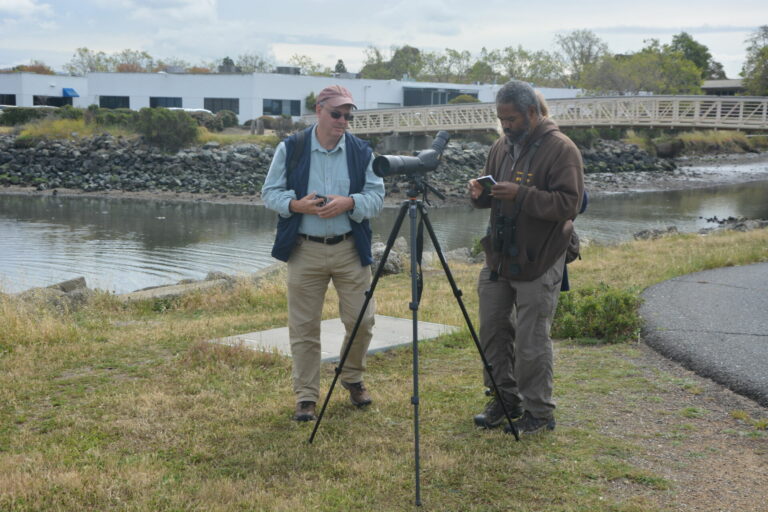
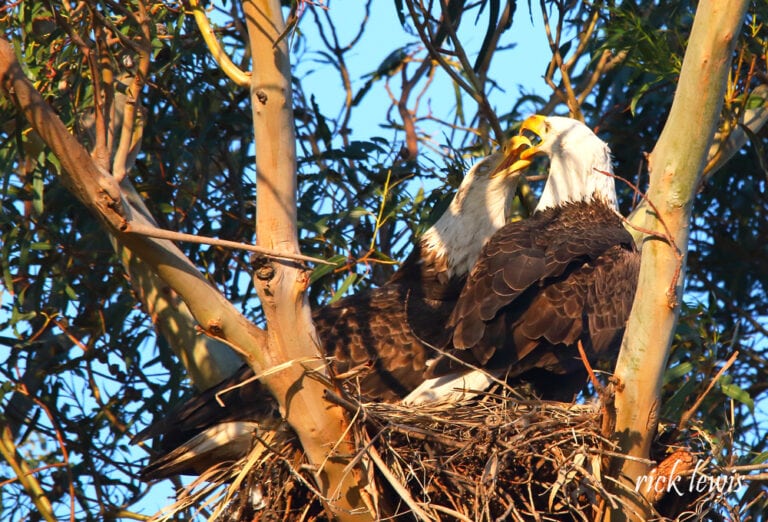

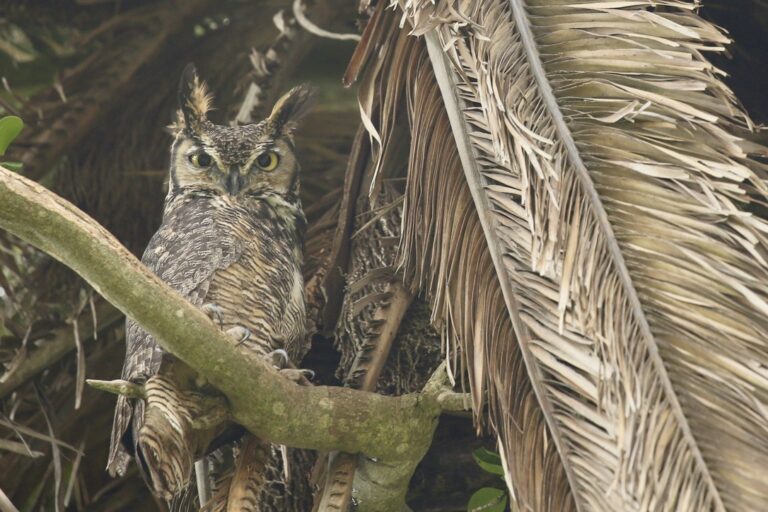
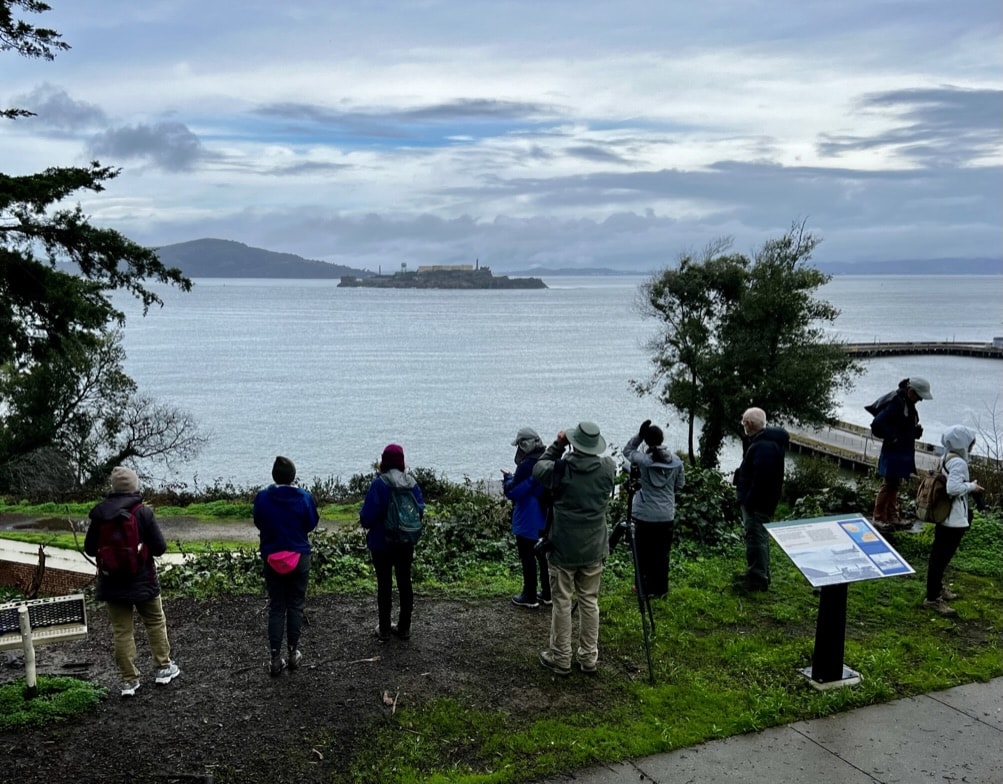 Golden Gate Bird Alliance birding group at Fort Mason by Kara Henderson
Golden Gate Bird Alliance birding group at Fort Mason by Kara Henderson
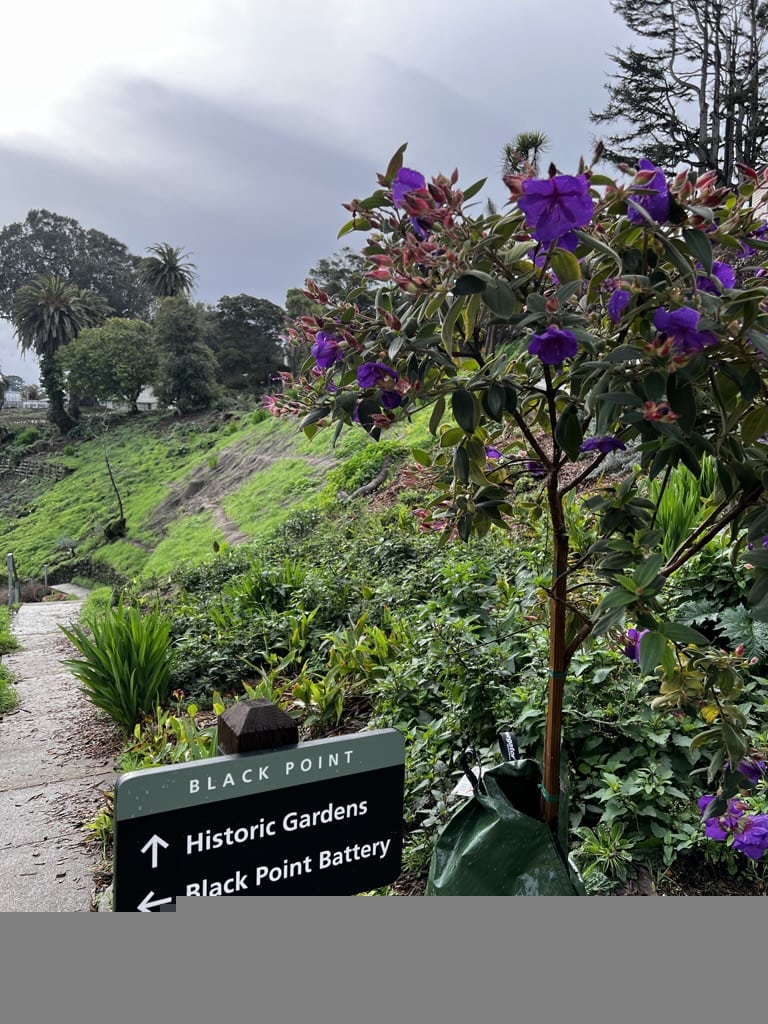 Black Point Historic Gardens by Kara Henderson
Black Point Historic Gardens by Kara Henderson
